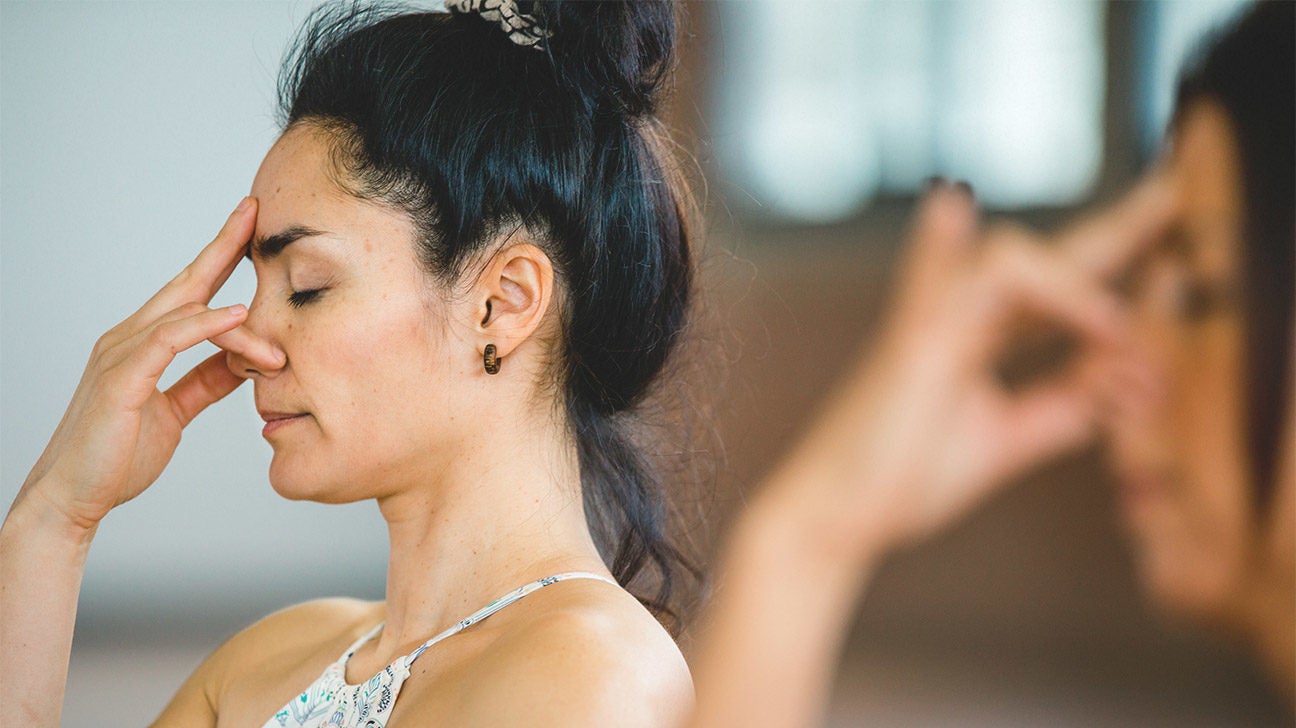One of the ways of supporting a solid brain is to offer it a reprieve, and one of the most incredible ways of offering the psyche a reprieve is to rehearse breathwork. Breathwork brings your consideration toward the breath as a point of convergence, removing your concentration from unpleasant contemplations.
In yogic terms, breathwork is called pranayama. While breathwork has many advantages that come from expanding the utilization of lung limit and expanding how much oxygen that enters the body, the word pranayama alludes to considerably more. The Sanskrit word pranayama is comprised of two words: prana, and that signifies "life-force energy" and yama which some mean imply "control" regarding the various approaches to controlling the breath.
As per Master Satyananda Saraswati in the book Asana Pranayama Mudra Bandha, the last part of the word pranayama is "ayama," and that implies extension, concerning how the act of pranayama extends one's mindfulness past typical restrictions.
In contemporary life, we could initially be attracted to pranayama for the physical and mental advantages. Particular sorts of pranayama can assist with lessening pressure, tension, and the actual results of weight on the body. Slow, consistent, and cadenced breathing can instigate more loosened up conditions of body and brain. Saraswati composes:
"Through the act of pranayama, the energy caught in masochist, oblivious mental examples might be delivered for use in more imaginative and upbeat movement."
Slow, consistent breathing is the point of the yogic breath. The yogic breath is a three-section breath to work up to, in the event that you are new to pranayama. The breath can be broken into three sections: stomach breathing, thoracic breathing, and clavicular relaxing.
Prior to beginning a breathing practice be certain you have an agreeable space where you can feel loose. Check in with your primary care physician to tell them you are beginning another training. What's more, survey every one of the means prior to beginning the training.
How does the breath control the mind?

Stomach Breath
Take as much time as is needed becoming familiar with stomach breathing prior to moving onto the full yogic breath. To realize this training, do as such on your back or while situated.
Profound stomach breathing, or stomach breathing, can be polished whenever to assist with diminishing pressure and nervousness. This sort of breath signs to the body that it is protected to unwind.
Thoracic Breath
Thoracic breath isn't intended to be finished all alone. Breathing just into the chest space, a more shallow breath, doesn't instigate unwinding. It is essential for the yogic breath for how it, joined with profound tummy breathing, utilizes more lung limit. For profound stomach breathing joined with thoracic breath:
Yogic Breath
For the full yogic breath, incorporate clavicular relaxing. Clavicular breathing isn't planned to be finished all alone. Breathing just into the clavicular region is a short, shallow breath which copies a restless breath. When joined with profound gut breathing and thoracic breathing it helps add somewhat more breath into the full blend. To play out a total yogic breath:
With all pranayama you genuinely should don't strain. Take as much time as necessary becoming familiar with one strategy prior to moving onto the subsequent stage. This shouldn't feel awkward. Assuming you feel dazed or make any side impacts, stop the training and talk with your primary care physician.
Put away opportunity every day for rehearsing the full yogic breath. Saraswati takes note of that whenever you have become alright with the yogic breath, you never again need to rehearse the clavicular breathing as a component of the pranayama. You can basically utilize profound gut breathing and thoracic relaxing.
The best season of day to rehearse is supposed to be promptly in the first part of the day, while starving, before reflection and prior to heading into the day. The advantages will increment after some time. Stomach breathing and the full yogic breath likewise should be possible any season of day to assist with steadying the psyche, quiet the nerves, and extend how much oxygen that is traded in the body to help the elements of the body and brain.
FAQs
How can breathing be controlled subconsciously?

Breathing is normally programmed, controlled subliminally by the respiratory focus at the foundation of the cerebrum. Breathing go on during rest and generally in any event, when an individual is oblivious.
What is breathing control in psychology?
Breathing control is a physical - or physiological. - process. This implies it straightforwardly influences the body. The body and psyche are interlinked, so breathing control additionally influences how a competitor feels. It influences their control of excitement.
Is holding your breath a mental thing?
Know that pausing your breathing is something that you might do while you're expecting something or potentially are worried. Be aware of how your body feels when you're worried. I saw a feeling of strain that went with restless future-situated considerations.'
Is there any relation between mind and breath?
Yogic way of thinking obviously expresses that the breath and the psyche are firmly related. This structures a basic reason of numerous old strategies of breath control referred to all in all as pranayama.
What are the three sorts of control of the breath?
There are three stages to breathing developments taken care of by composed terminating of various respiratory neurons: motivation, stage 1 of lapse, and stage 2 of termination. Placental and natural openings can have inhibitory and stimulatory impacts on fetal breathing developments.